Cotton has been a cherished fabric for centuries, offering comfort, versatility, and breathability. Within the realm of cotton, there exists a myriad of fabric types, each with its distinctive characteristics and applications. This article aims to navigate through the various types of cotton fabrics, shedding light on their features and uses. 1. Plain Weave Cotton: As the most common and straightforward weave pattern, plain weave cotton is defined by its equal tension on warp and weft yarns. It is known for its durability and breathability, making it ideal for everyday wear like shirts, dresses, and bed linens. Examples include muslin, percale, and voile.
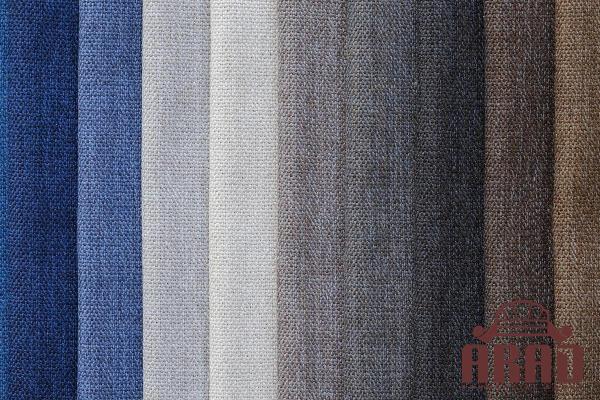
.
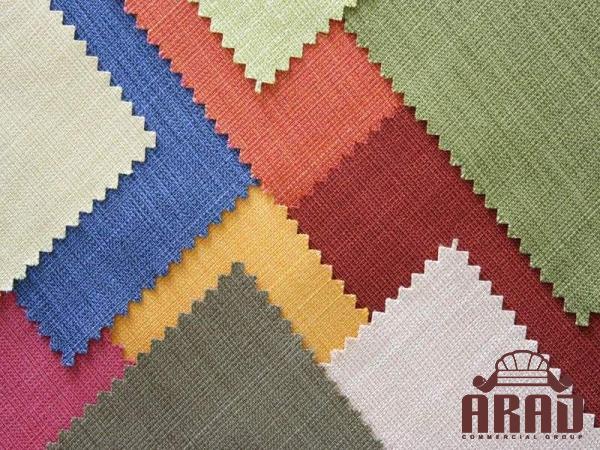 2. Twill Weave Cotton: Twill weave cotton is characterized by a diagonal pattern created by alternating warp and weft threads. This type of fabric possesses excellent drape, durability, and wrinkle resistance. Denim, chino, and gabardine are popular twill weave cotton fabrics widely used in casual apparel and jackets. 3. Satin Weave Cotton: With its smooth and lustrous surface, satin weave cotton is known for its high thread count, long floats, and glossy appearance. It is often used in luxury bedding, eveningwear, and lingerie. Satin weave cotton offers a delicate and elegant touch to any garment while maintaining breathability.
2. Twill Weave Cotton: Twill weave cotton is characterized by a diagonal pattern created by alternating warp and weft threads. This type of fabric possesses excellent drape, durability, and wrinkle resistance. Denim, chino, and gabardine are popular twill weave cotton fabrics widely used in casual apparel and jackets. 3. Satin Weave Cotton: With its smooth and lustrous surface, satin weave cotton is known for its high thread count, long floats, and glossy appearance. It is often used in luxury bedding, eveningwear, and lingerie. Satin weave cotton offers a delicate and elegant touch to any garment while maintaining breathability.
..
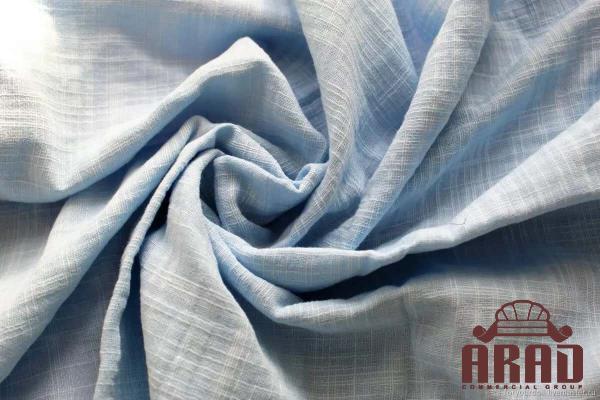 4. Jersey Knit Cotton: Jersey knit cotton is a stretchy and comfortable fabric with a unique knitted construction. It is soft, lightweight, and offers excellent draping qualities. Popular in the production of t-shirts, undergarments, and sportswear, its elasticity makes it a functional choice for activewear. 5. Flannel Cotton: Flannel cotton is a soft, warm, and fuzzy fabric known for its brushed surface. It provides excellent insulation, making it perfect for winter clothing such as shirts, pajamas, and bedding. Flannel cotton is often associated with a cozy and comforting feel, making it a popular choice during the colder months.
4. Jersey Knit Cotton: Jersey knit cotton is a stretchy and comfortable fabric with a unique knitted construction. It is soft, lightweight, and offers excellent draping qualities. Popular in the production of t-shirts, undergarments, and sportswear, its elasticity makes it a functional choice for activewear. 5. Flannel Cotton: Flannel cotton is a soft, warm, and fuzzy fabric known for its brushed surface. It provides excellent insulation, making it perfect for winter clothing such as shirts, pajamas, and bedding. Flannel cotton is often associated with a cozy and comforting feel, making it a popular choice during the colder months.
…
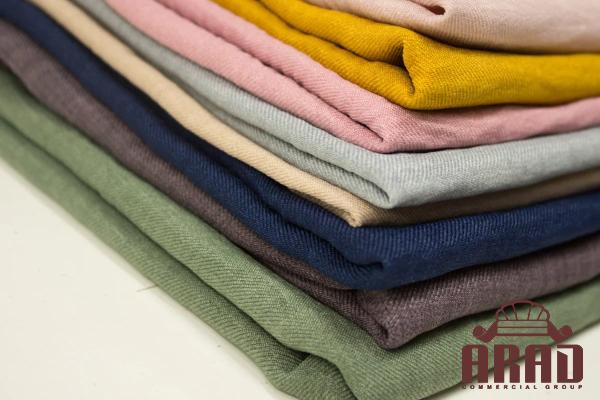 6. Terry Cloth: Terry cloth is a highly absorbent and textured cotton fabric designed for moisture-wicking purposes. It consists of loops that enhance its ability to trap water, making it ideal for bathrobes, towels, and athletic apparel. Terry cloth’s functionality and comfort make it a top choice for many. Conclusion: When it comes to cotton fabrics, the possibilities are endless. Each type embodies unique characteristics, making them suitable for different applications. From the versatile plain weave to the cozy flannel cotton, the choices abound to meet various needs and preferences. As consumers, understanding the different types of cotton fabrics empowers us to make informed decisions and appreciate the richness and diversity that cotton offers.
6. Terry Cloth: Terry cloth is a highly absorbent and textured cotton fabric designed for moisture-wicking purposes. It consists of loops that enhance its ability to trap water, making it ideal for bathrobes, towels, and athletic apparel. Terry cloth’s functionality and comfort make it a top choice for many. Conclusion: When it comes to cotton fabrics, the possibilities are endless. Each type embodies unique characteristics, making them suitable for different applications. From the versatile plain weave to the cozy flannel cotton, the choices abound to meet various needs and preferences. As consumers, understanding the different types of cotton fabrics empowers us to make informed decisions and appreciate the richness and diversity that cotton offers.
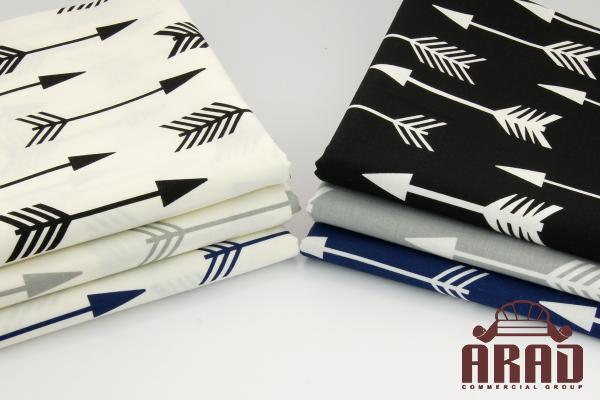
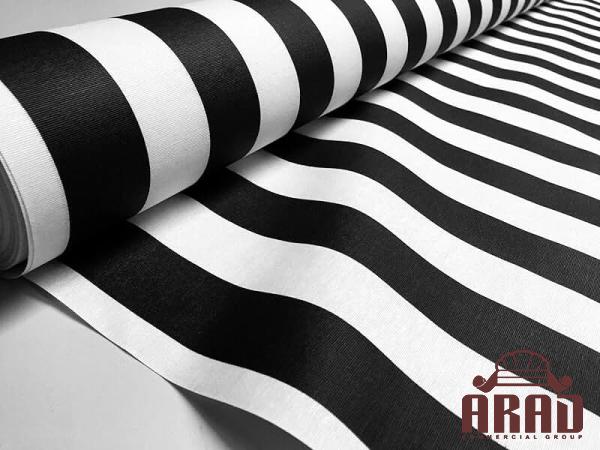
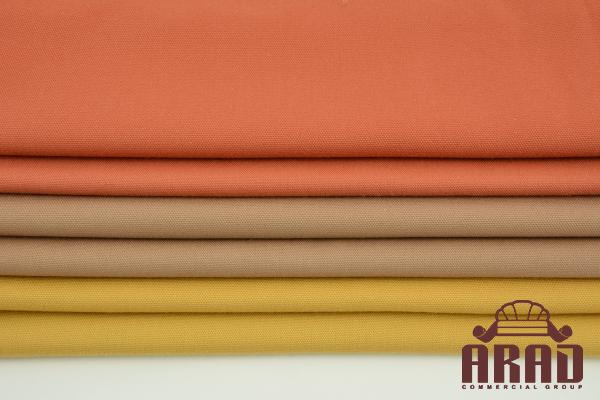
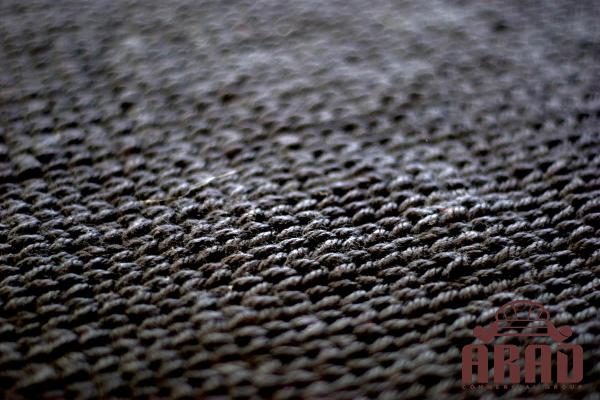
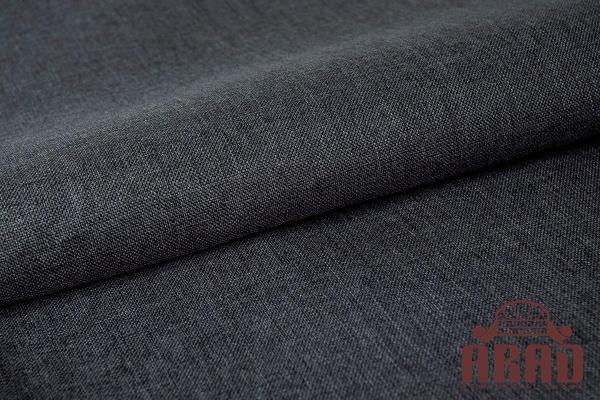
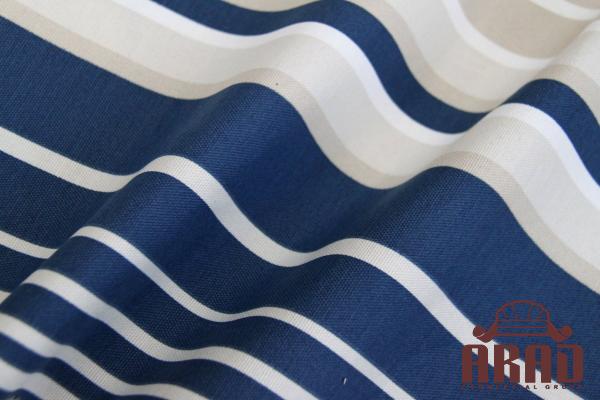
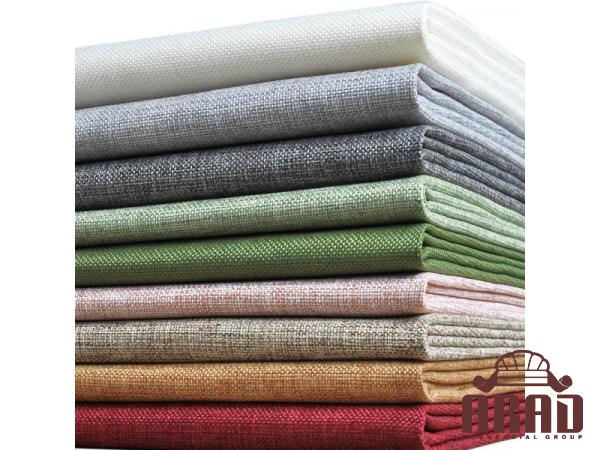
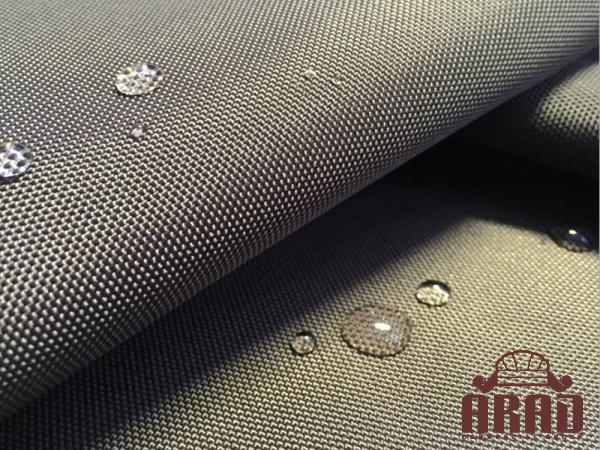
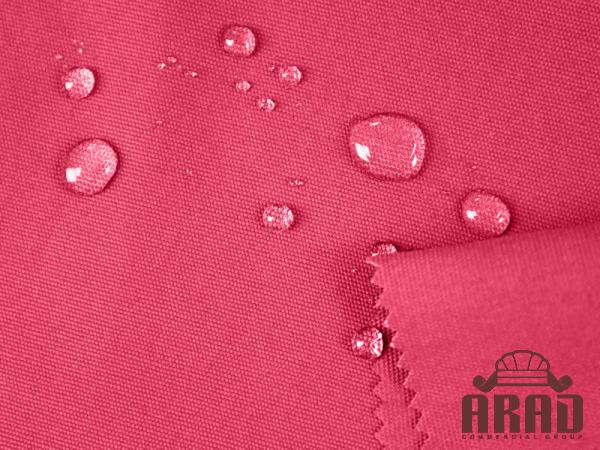
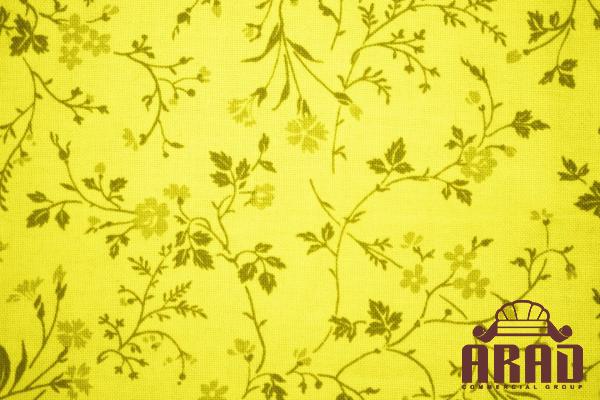
Your comment submitted.